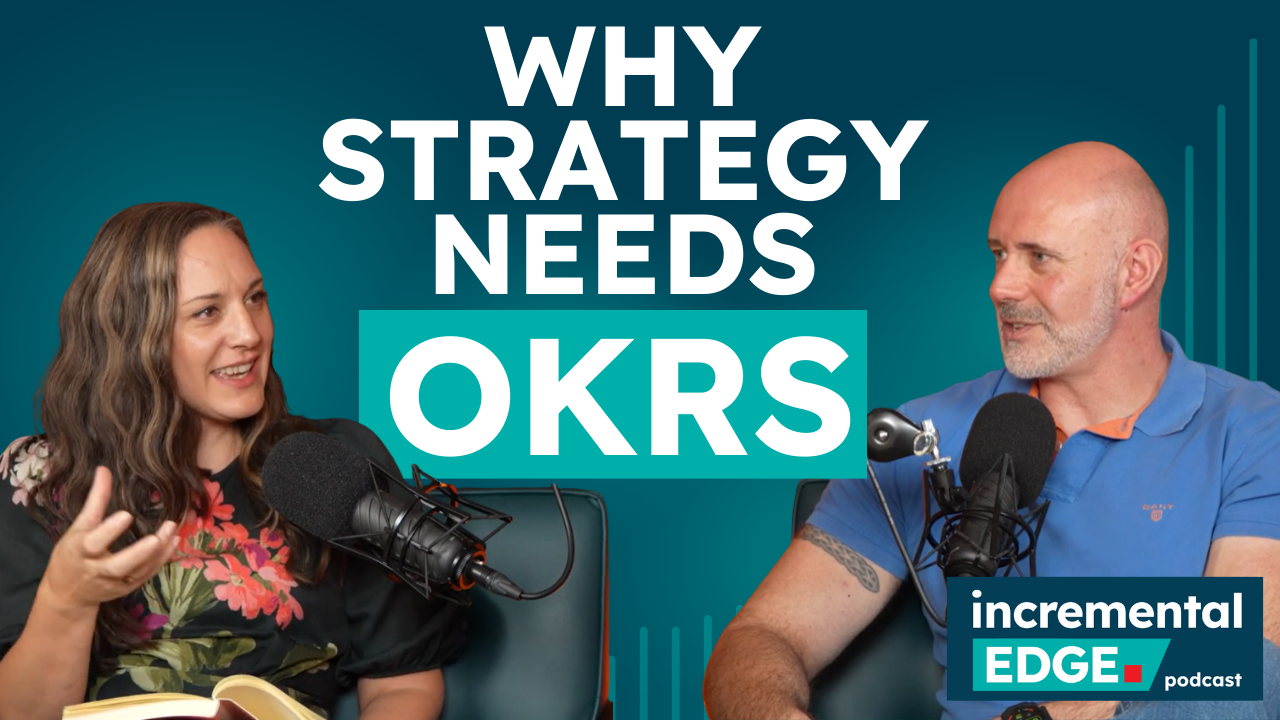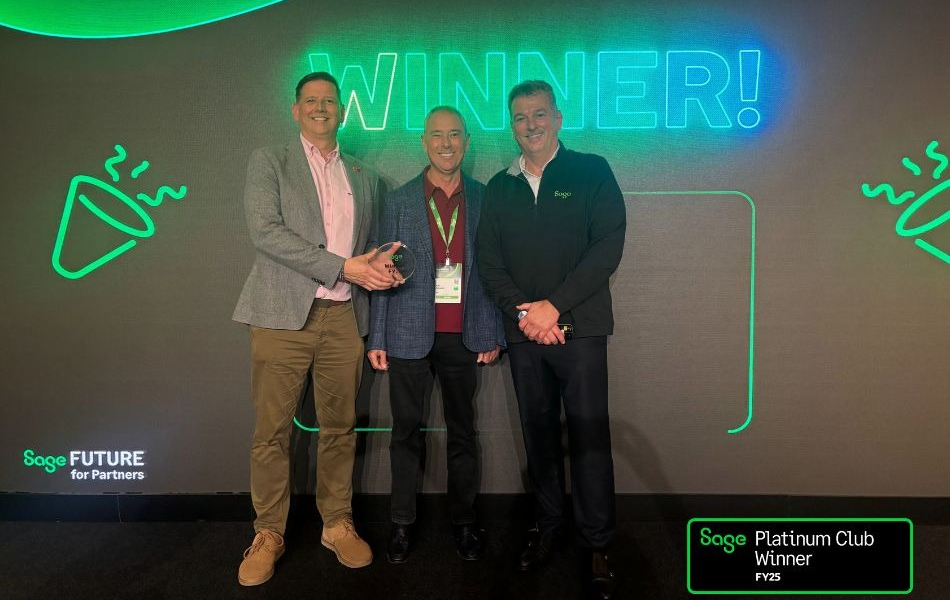.png)
Insights
Looking for efficiency? It’s in the back office…
29th June 2022
2 min read
Author: Paolo Arcangelo, Services Director, Datel
The care home sector is in constant transition. As we live longer, there is no shortage of business for operators in care settings of all shapes and sizes. But regulation, mixed sources of finance, social and political change all mean that the profession never stands still.
As a technologist, you’d expect me to say that technology is the answer to most of the challenges of change. And to a degree that’s true. Advances in remote monitoring, for example, should mean that more people can be cared for, for longer, in the comfort of their own homes. And when they do require a move from domiciliary care to a 24/7 setting, we’ll be able to automatically track more parameters of care, improving outcomes - and without endless paper records, too!
But many of these evolutions are months or even years away. And the care profession needs answers to the financial challenges that both councils and private payers are heaping on the sector.
The problem is, there’s little room for more efficiency at the coal face. Almost half[NS1] of care professionals are already considering changing jobs. And even if they don’t, the sector is currently short by over 100,000[NS2] people. Care talent is already pushed to the limit.
Therefore, perhaps it’s worth looking to the back office for new efficiencies. The care industry has developed primarily by acquisition. Value has been sought by refining a delivery model and then seeking economies of scale.
That often makes sense on paper, but post-M&A integration is challenging. Different business systems don’t talk to each other. Homes may operate under the same banner but work to vastly different IT refresh cycles. Managers may use the same KPIs and metrics, but have different reporting methods and schedules.
And yet, in order to benchmark performance and manage the business, standardised processes and reports are exactly what senior managers desperately need. Instead, finance teams (and in smaller operations, that means the FD themselves) are manually consolidating spreadsheets. It’s not just error-prone, it’s deeply inefficient; eating up the promised economies of consolidation.
The good news is: to gain the benefits of consolidation, you’ll need no more than the same technologies you already need for the financial and operational visibility to run a good business. Sage Intacct, for example, gives you financial management in the cloud alongside highly customisable management reporting. And, just as importantly, the scale to add new locations on demand. That means local financial managers and Directors of Care can always have the data they need to manage day-to-day (and it’ll be one single version of that data, too), while the central management functions also get a full, comparable picture of each site.
Technology will make itself felt at the front end of care – I am still hugely optimistic about this. But the immediate opportunity is in the back office; where institutions of all sizes can make their data, instead of their people, work harder.
Find out more: download Datel’s CFO Guide to Digitisation in Care Homes.
Latest posts
.png)
9th December 2025
4 min read
Learn about the upcoming changes to FRS 102 and how to prepare
FRS 102 is getting a major update from 2026, with big implications for revenue recognition and ...

4th December 2025
4 min read
The OKR Effect: Why outcome focus improves strategic execution
Strategy is something most leaders care deeply about. We invest time building a clear plan, shaping ...

2nd December 2025
2 min read
Celebrating a double win at Sage Future 2025
We’re excited to share some fantastic news that reflects not only Datel’s hard work, but the trust, ...
